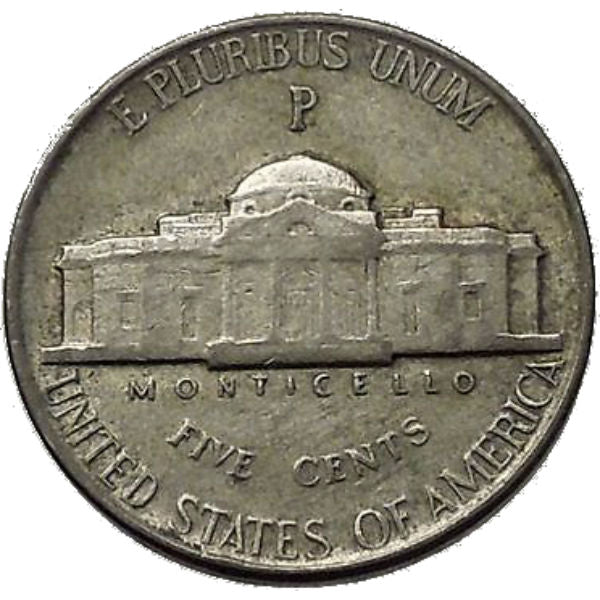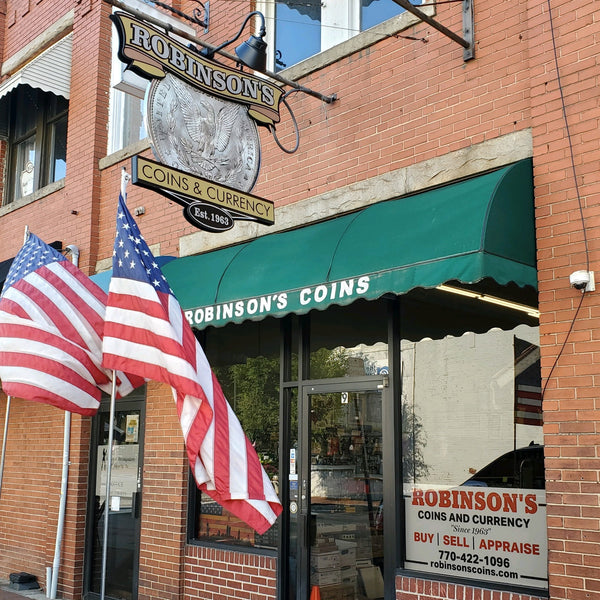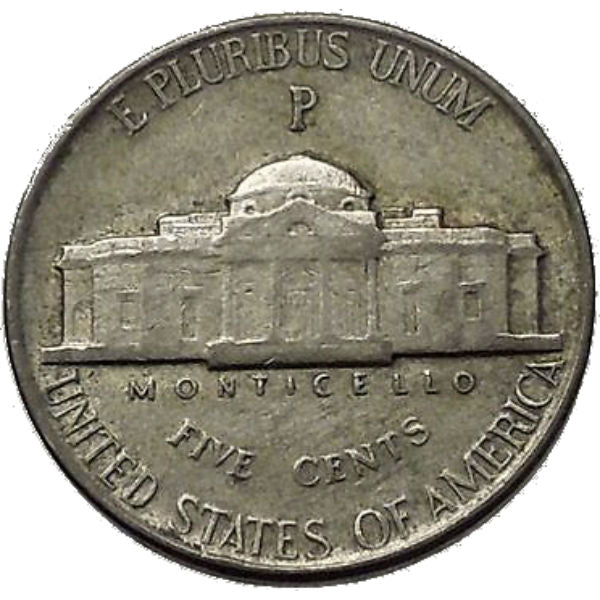My Store
Jefferson Wartime Silver Alloy Nickel Roll (1942-1945)
Jefferson Wartime Silver Alloy Nickel Roll (1942-1945)
Couldn't load pickup availability
With the entry of the United States into World War II, nickel became a critical war material, and the Mint sought to reduce its use of the metal. On March 27, 1942, Congress authorized a nickel made of 5% copper and 5% silver, but gave the Mint the authority to vary the proportions, or add other metals, in the public interest. The Mint's greatest concern was in finding an alloy which would use no nickel, but still satisfy counterfeit detectors in vending machines. An alloy of 56% copper, 35% silver and 9% manganese proved suitable, and this alloy began to be coined into nickels from October 1942. In the hopes of making them easy to sort out and withdraw after the war, the Mint struck all "war nickels" with a large mint mark appearing above Monticello. The mint mark P for Philadelphia was the first time that mint's mark had appeared on a US coin. The prewar composition and smaller mint mark(or no mint mark for Philadelphia) were resumed in 1946. (Source: Wikipedia contributors, "Jefferson nickel," Wikipedia, The Free Encyclopedia, accessed December 1, 216.)


